分子栄養学的な抗炎症対策には毎日のEPA・DHA摂取を!
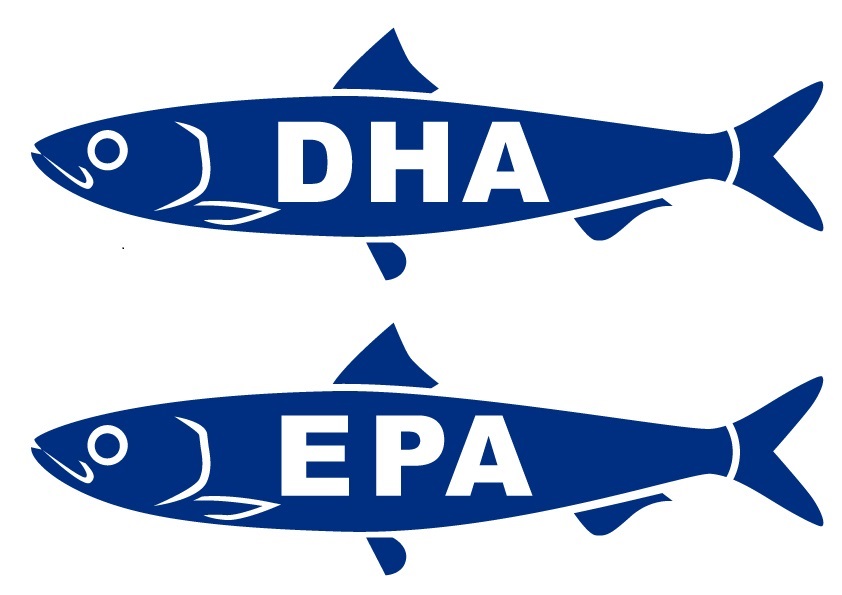
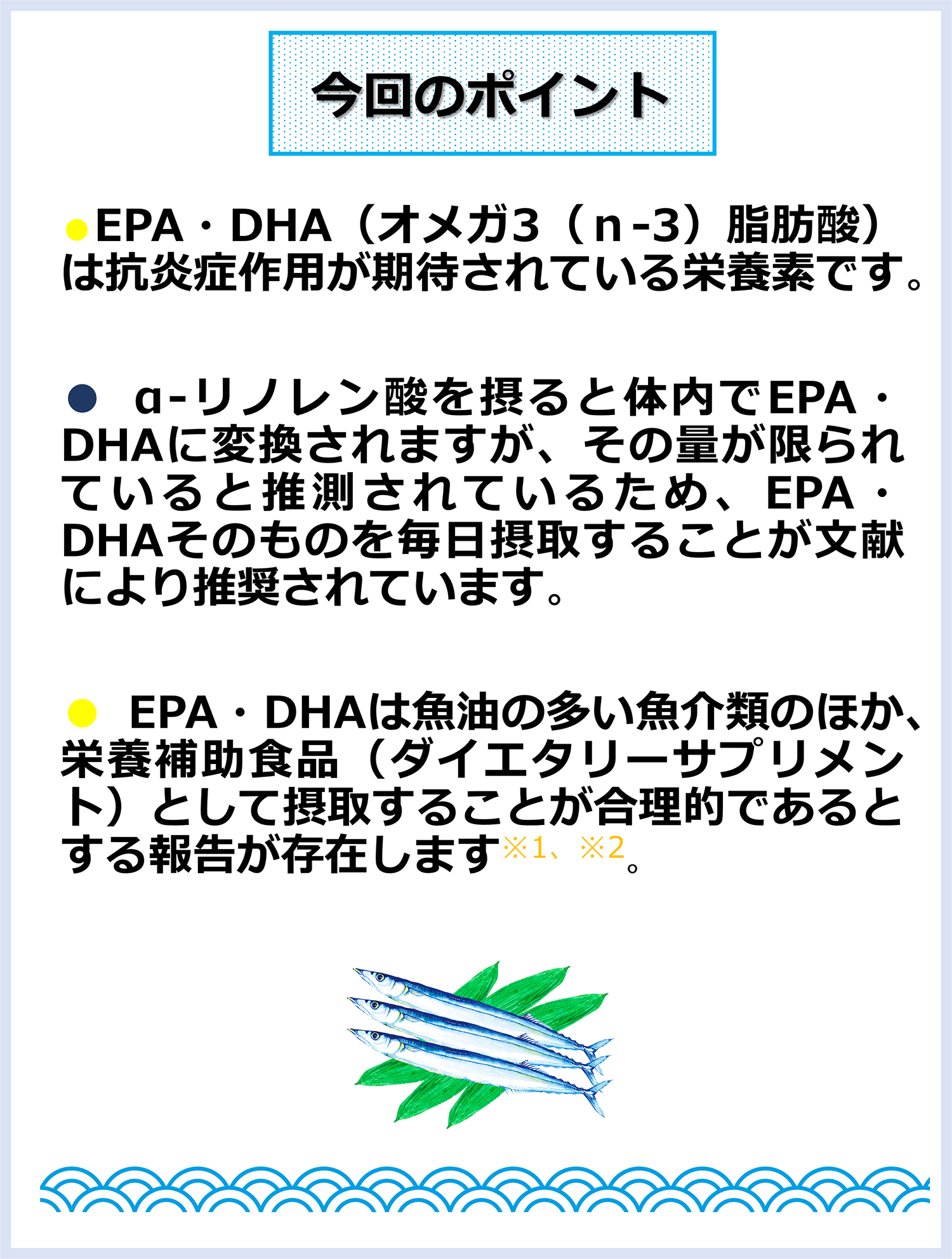
オメガ3(n-3系)って何ですか?:小さな青魚はオメガ3の良い供給源
最近、身体に良いから毎日食べましょう、とよく聞く言葉、オメガ3。
オメガ3脂肪酸はn-3系脂肪酸ともいいます(以下、オメガ3脂肪酸)。オメガ3脂肪酸は、脂質を構成する栄養素「脂肪酸」のひとつです。(※5大栄養素(概論))
オメガ3脂肪酸は、
・炎症を抑えるカギとなる栄養素
として期待され、世界中で研究が勧められています※3。また分子栄養学的にも、健康維持増進にとってとても重要な役割を果たす必須栄養素であると考えています。
(※食べる脂質が大切「日本人に関する研究」オメガ3:オメガ6)
オメガ3脂肪酸には、下表のもの(亜麻仁油やエゴマ油に多く含まれるα-リノレン酸、魚油由来のEPA(エイコサペンタエン酸)・DHA(ドコサヘキサエン酸))があります※22。
| 脂肪酸の慣用名 | 多く含む食品 | |
|---|---|---|
| オメガ3脂肪酸 (n-3系脂肪酸) | α-リノレン酸 | 亜麻仁油、えごま油、しそ油など |
| EPA(エイコサペンタエン酸) | 魚介類※22 | |
| DHA(ドコサヘキサエン酸) | 魚介類※22 |
α-リノレン酸は主に肝臓で代謝されてEPA・DHAになる
オメガ3脂肪酸は身体で作れない、もしくは作る量が少ないので、健康のために必ず摂る必要のある必須脂肪酸です。
α-リノレン酸が最初の出発点となり、生体内(主に肝臓※1、※4)でEPA、DHAに変更されます。そのため、厳密にはα-リノレン酸が必ず摂る必要のある必須脂肪酸となります※5。
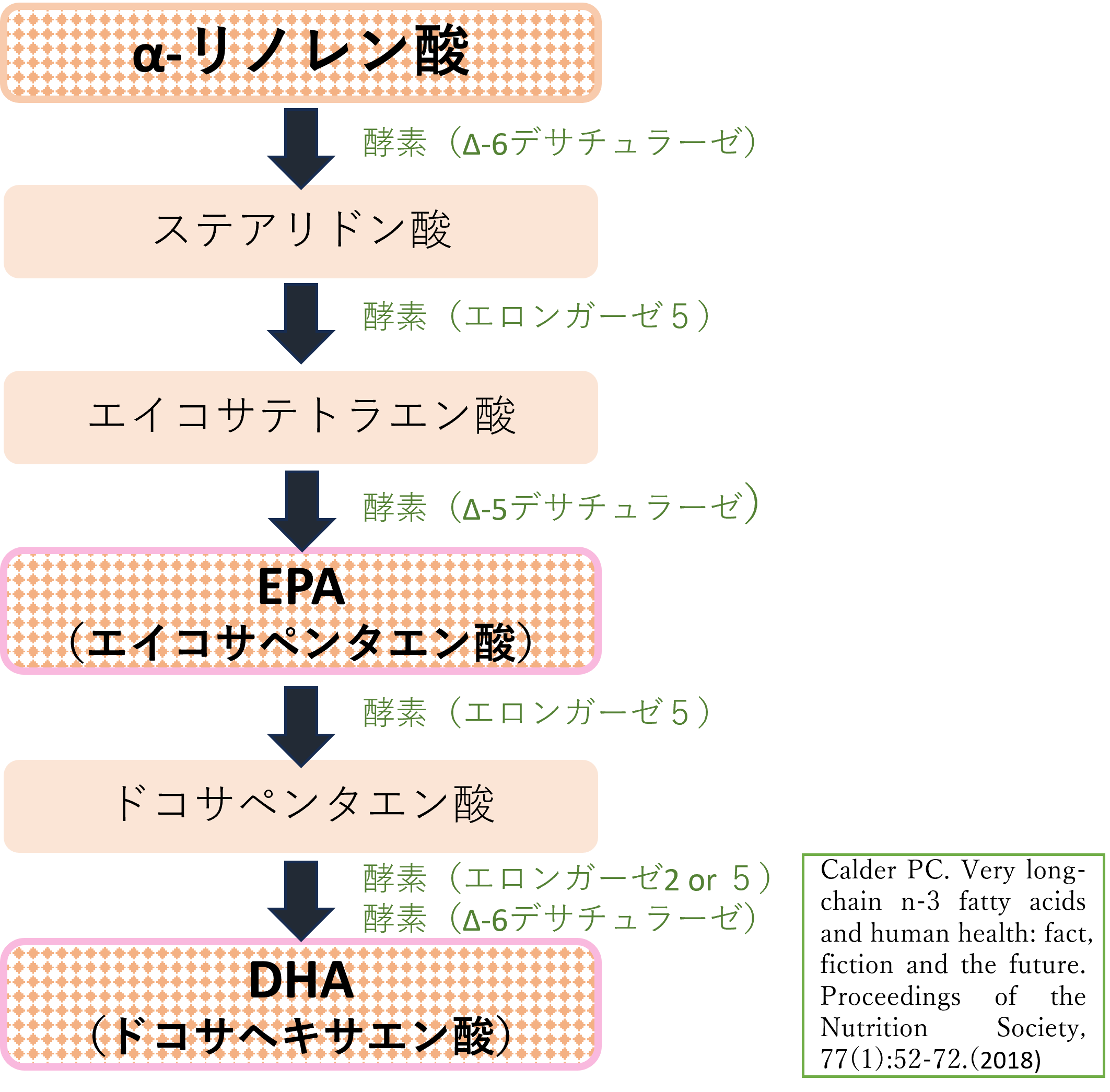
α-リノレン酸からEPA・DHAに変換される量が非常に限られているため、健康を保つための量のEPA・DHAは食事やサプリメントとして毎日摂取することがお勧めされている
しかし、摂取された α-リノレン酸のうち
・8~20%のみが EPA に変換
・0.5~9%だけがDHAに変換
と推定されているため※5、※6、※7、※8、※9、※10、 EPA・DHAそのものを食事でしっかりと摂取することが推奨されています※4、※5、※7、※11。
EPA・DHAは魚油の多い食品(魚介類)※22のほか、栄養補助食品(ダイエタリーサプリメント。以下、サプリメント)として摂取することが合理的であるとお勧めされています※1、※2。
体内でのα-リノレン酸からEPA への変換率は7.0~21%※4、※12、※13、DHAへの変換率は0.01~1%※13、※14、※15とする報告もあります※16。
そのため、抗炎症作用のためのEPA・DHAは、毎日、その作用を及ぼすだけの量を摂ることが推奨されています。
サプリメントを利用する際には、良質な品質を兼ね備えたサプリメントを摂りましょう。
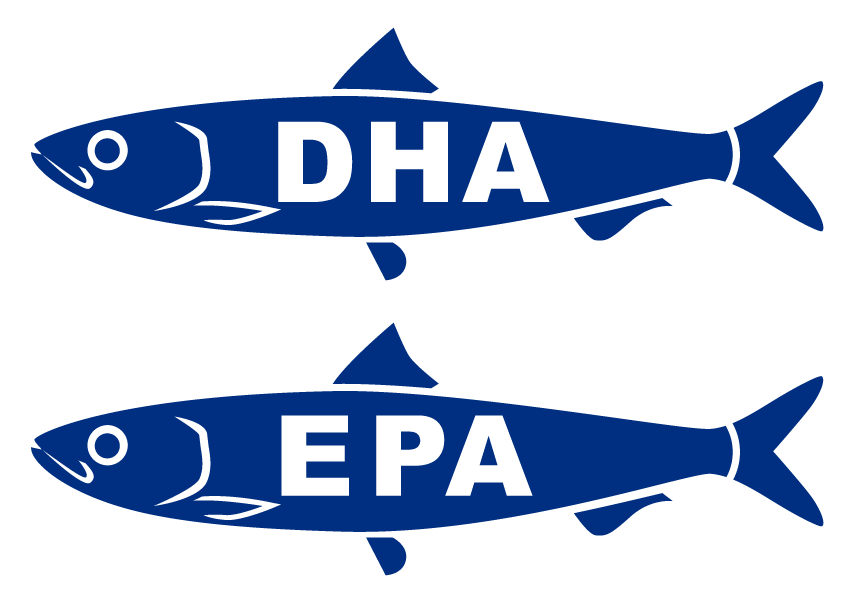
継続は力なり:EPA・DHAを摂り続けることが細胞膜のオメガ3比を維持する唯一の方法
健康維持、効果的な抗炎症作用のための生体内のEPA・DHA濃度は、毎日多くの量のEPA・DHAを摂取し続ける限り維持されることが指摘されています。
つまりEPA・DHAを摂るのをやめると生体内の濃度が低下し、最終的に食べる習慣のない頃の濃度まで下がってしまうということです。このことは血漿脂質※17、※18、血小板※18、白血球※17、赤血球※19、※20の研究で示されています※7、※21。
継続は力なり。EPA・DHAを摂り続けることが細胞膜のオメガ3比を維持する唯一の方法です。
毎日の至適量のEPA・DHA摂取による分子栄養学的アプローチで、ぜひ効果的な健康自主管理を進めていきましょう。
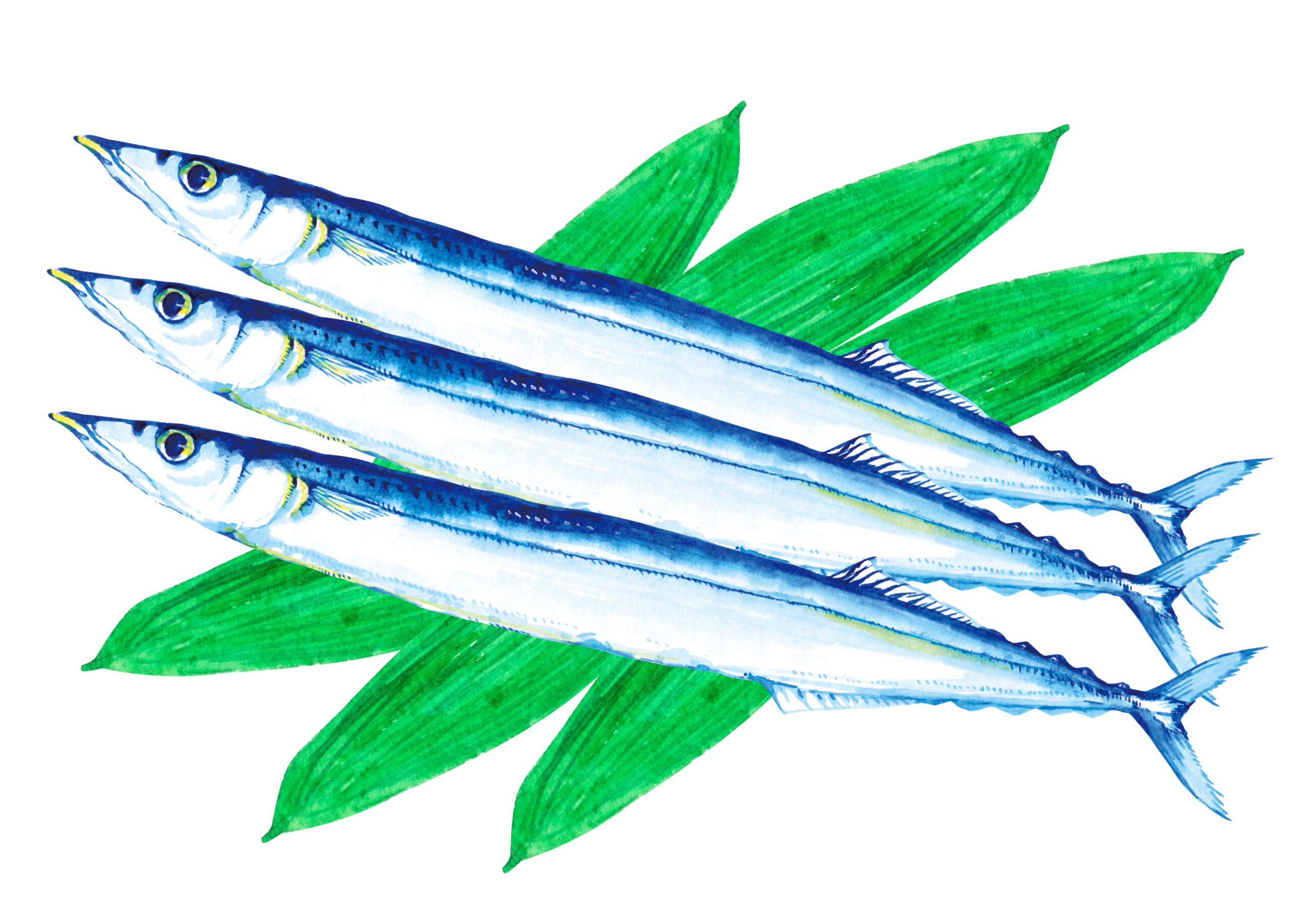
※1 Sawada Y.,et al. Omega 3 Fatty Acid and Skin Diseases. Frontiers in Immunology, 11: 623052.(2020) ※2 Brenna JT.,et al. α-Linolenic acid supplementation and conversion to n-3 long-chain polyunsaturated fatty acids in humans. Prostaglandins Leukotrienes and Essential Fatty Acids, 80:85-91.(2009) ※3 Janssen CIF.,et al. Long-chain polyunsaturated fatty acids (LCPUFA) from genesis to senescence: The influence of LCPUFA on neural development, aging, and neurodegeneration. Progress in Lipid Research, 53:1-17.(2014) ※4 Burdge GC.,et al. Eicosapentaenoic and docosapentaenoic acids are the principal products of alpha-linolenic acid metabolism in young men*. British Journal of Nutrition, 88(4):355-363.(2002) ※5 Oliver L.,et al. Producing Omega-3 Polyunsaturated Fatty Acids: A Review of Sustainable Sources and Future Trends for the EPA and DHA Market. Resources, 9(12):148.(2020) ※6 Weylandt KH.,et al. Omega-3 polyunsaturated fatty acids: The way forward in times of mixed evidence. BioMed Research International, 2015:143109. (2015) ※7 Burdge GC.,et al. Conversion of alpha-linolenic acid to longer-chain polyunsaturated fatty acids in human adults. Reproduction Nutrition Development, 45(5):581-597.(2005) ※8 Stark AH.,et al. Update on alpha-linolenic acid.Nutrition reviews, 66(6):326-332.(2008) ※9 Burdge G. Alpha-linolenic acid metabolism in men and women: nutritional and biological implications. Current Opinion in Clinical Nutrition and Metabolic Care, 7(2):137-144.(2004) ※10 DeFilippis AP.,et al. Understanding omega-3's. American heart journal, 151(3): 564-570.(2006) ※11 Burdge GC.,et al. Conversion of alpha-linolenic acid to eicosapentaenoic, docosapentaenoic and docosahexaenoic acids in young women. British Journal of Nutrition, 88(4):411-420. (2002) ※12 Childs CE.,et al. Increased dietary α-linolenic acid has sex-specific effects upon eicosapentaenoic acid status in humans: Re-examination of data from a randomised, placebo-controlled, parallel study. Nutrition Journal, 13(1):113.(2014) ※13 Harnack K.; Andersen, G.; Somoza, V. Quantitation of alpha-linolenic acid elongation to eicosapentaenoic and docosahexaenoic acid as affected by the ratio of n6/n3 fatty acids. Nutrition and Metabolism (Lond), 6:8.(2009) ※14 Plourde M.,et al. Extremely limited synthesis of long chain polyunsaturates in adults: Implications for their dietary essentiality and use as supplements. Applied Physiology, Nutrition and Metabolism, 32: 619-634.(2007) ※15 Brenna JT.,et al. α-Linolenic acid supplementation and conversion to n-3 long-chain polyunsaturated fatty acids in humans. Prostaglandins Leukotrienes and Essential Fatty Acids, 80:85-91.(2009) ※16 Saini RK.,et al. Omega-3 Polyunsaturated Fatty Acids (PUFAs): Emerging Plant and Microbial Sources, Oxidative Stability, Bioavailability, and Health Benefits—A Review. Antioxidants (basel), 10(10):1627.(2021) ※17 Yaqoob P.,et al. Encapsulated fish oil enriched in α‐tocopherol alters plasma phospholipid and mononuclear cell fatty acid compositions but not mononuclear cell functions. European Journal of Clinical Investigation,30(3):260-274.(2000) ※18 Schacky Cv,et al. Long-term effects of dietary marine omega-3 fatty acids upon plasma and cellular lipids, platelet function, and eicosanoid formation in humans. Journal of Clinical Investigation, 76(4):1626-1631. (1985) ※19 Katan MB.,et al. Kinetics of the incorporation of dietary fatty acids into serum cholesteryl esters, erythrocyte membranes, and adipose tissue: an 18-month controlled study. Journal of Lipid Research, 38(10):2012-2022.(1997) ※20 Popp-Snijders C.,et al. Changes in membrane lipid composition of human erythrocytes after dietary supplementation of (n-3) polyunsaturated fatty acids. Biochimica et Biophysica Acta, 854(1):31-37.(1986) ※21 Calde PC. Very long-chain n-3 fatty acids and human health: fact, fiction and the future. Proceedings of the Nutrition Society, 77(1):52-72.(2018) ※22 魚介類のうち、マグロ、クジラ、キンメダイ、メカジキなどについては水銀が含まれるため、妊婦さんは食べ方に適切な量とバランスへの注意が必要です。